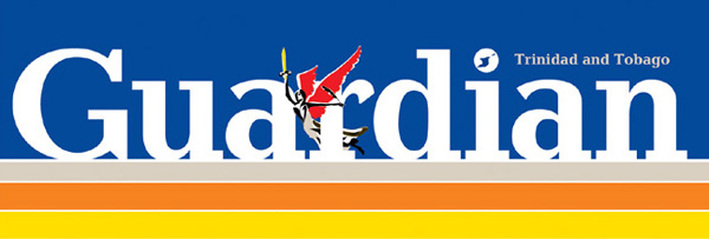What’s more, from that one taken-out-of-context paragraph, he praised me for “scientific ignorance” and then extended it to the entire Social Science Faculty at UWI.
His misinterpretation of my position may have been a failure in the clarity of my own writing. Although that he chose to ignore every other paragraph of the article whose central point isn’t in dispute—some human beings are afforded less rights and protections than others—made me feel the attack was a cheap shot to discredit the central message of the article. Maybe I’m too sensitive.
The accusation of “scientific ignorance,” however, is a good opportunity to discuss our understanding of the cultures and lived realities of people who practise same-sex relations, and to clarify how homophobia works.
According to the scientific literature—and not the social science literature but the natural sciences—there is much on-going research into the relationship between biology and the development of sexual orientation. This research suggests that biological factors such as prenatal hormones, brain structure, and genes are implicated in heterosexual, bisexual and homosexual orientation.
Among this peer-reviewed literature, the majority of studies conclude that while there are certainly biological factors implicated in one’s sexual orientation, no study has conclusively shown that there is only one single factor for sexual orientation. Rather there is a combination of genetic, hormonal and environmental factors.
Sexual orientation and sexuality are not identical. What biology cannot articulate or understand are the nuances of people’s everyday experiences of their sexuality—that is what anthropologists do. We describe and document people’s lives. We attempt not to make moral or judgment calls on the different lives we all live and instead try to narrate those differences.
For an anthropologist to say the identity category “homosexual” did not exist prior to mid-19th century is not to say homosexual behaviour and orientation did not exist. As has been documented from the beginning of written history, same sex-relations can be found in most societies and at most times. From ritual behaviour in ancient Greece and the Etero rite of passage in Papua New Guinea to the berdache of Native American culture and the hijras and kothis of South Asia.
Homosexual behaviour and orientation among Homo sapiens, much like among other non-human species, had always existed as an extension of or adjunct to heterosexuality. To say the western identity category of homosexuality only appears in the mid-19th century—and there is a lot of evidence out there that supports such a claim—is simply to say that prior to this era sex was tied to procreation and not identity.
Today, for some people, homosexuality has become a bounded, monolithic identity. This is simplistic and a similar prejudice to saying all black people are the same because they are black, or all women belong in the kitchen; it denies the cultural differences among human beings and stereotypes a wide breadth of experiences into a singularity.
This lets stereotypes flourish and stand in for the real experience of individuals. These experiences include trangressive sexualities that do not fit neat sexual orientation categories. Homosexual orientation is biologically determined but to reduce all people who practise same-sex relations to a singular homosexual identity and fix a group of people with identical traits (often ridiculous prejudices) is not a reflection of real experiences. It is the same with any group identity.
Another interesting point is how homophobia actually works. Homophobia is not always visible and blatant. It can also be subtle and unobtrusive. In this sense, homophobia is structural. It is built into our mental categories, our science, laws, and the attitudes and values that shape our language and world views.
In homophobia there is a self-assured feeling on the part of the dominant heterosexual group of being naturally superior or better. This perhaps connects to the importance of procreation for the survival of Homo sapiens. Yet, as Mr Baldeosingh reminds us, the scientific evidence supports the link between biology and sexual orientation. And, as has been said before elsewhere, that means homosexual orientation is natural, while homophobia is a social construct built on misleading, group stereotypes.
http://www.guardian.co.tt/columnist/2013-05-20/scientific-ignorance-and-homophobia

 RSS Feed
RSS Feed